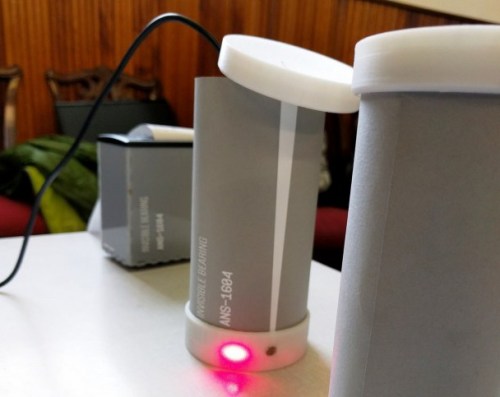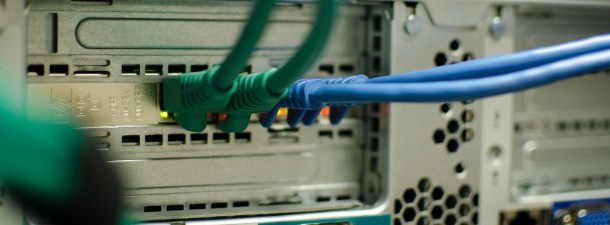Holland launched the first network for Internet of Things and South Korea did the same a few days later.
The first two networks for Internet of Things at national level have already been launched. In what seemed like a race decided at the last minute, Holland and South Korea announced the deployment of their respective networks, just a few days apart. The first to do this was Holland, and then it was the turn of the Asian country, which traditionally leads the rankings for connectivity and connection speed.
Beyond the anecdote of which country was the first to deploy its Internet of Things, this advance marks the beginning of a new era, as far as connectivity is concerned. Indeed, the billions of connected devices expected to arrive in the coming years require their own infrastructure, so as to avoid them saturating the network with their demands.
The operator KPN was responsible for deploying the network in Holland, supplying hundreds of mobile communication towers with LoRaWAN antennas (long range wide area network), which allow sending and receiving low power signals smoothly. This is indispensable to implement Internet of Things, since the more devices there are connected, the more effectively the network has to channel data transmission.

A network for Internet of Things must be capable of keeping millions of devices connected at low cost. The requirements are distinct from those needed for an LTE network, which needs to make its communications high speed, for example to serve video in high definition. In this case the data transmission is much less heavy, but continuous. A humidity sensor that is plugged in can be sending bytes of information all day long.
In South Korea SK Telecom was the operator who constructed the network for Internet of Things which, at this time, covers 99% of the country’s total area. The Koreans completed the project six months ahead of schedule and have pointed out that the services of the network are affordable, and cost a tenth of the available LTE.
Although these two countries are the first, it is expected that in the coming years others will be adding to this trend. It is estimated that in 2020 there will be between 20.000 and 30.000 million connected devices.
Images: BobMical and the waving cat









